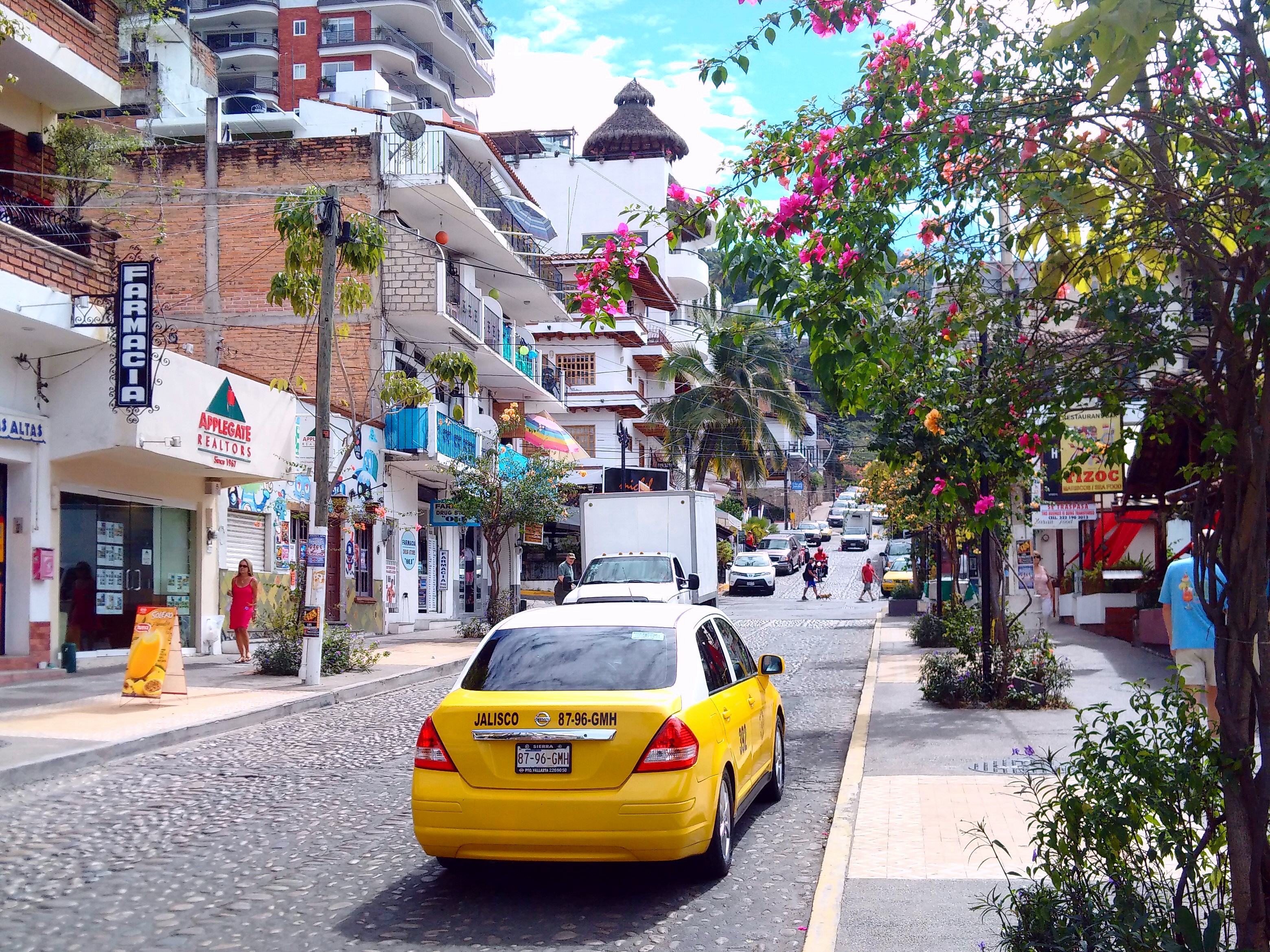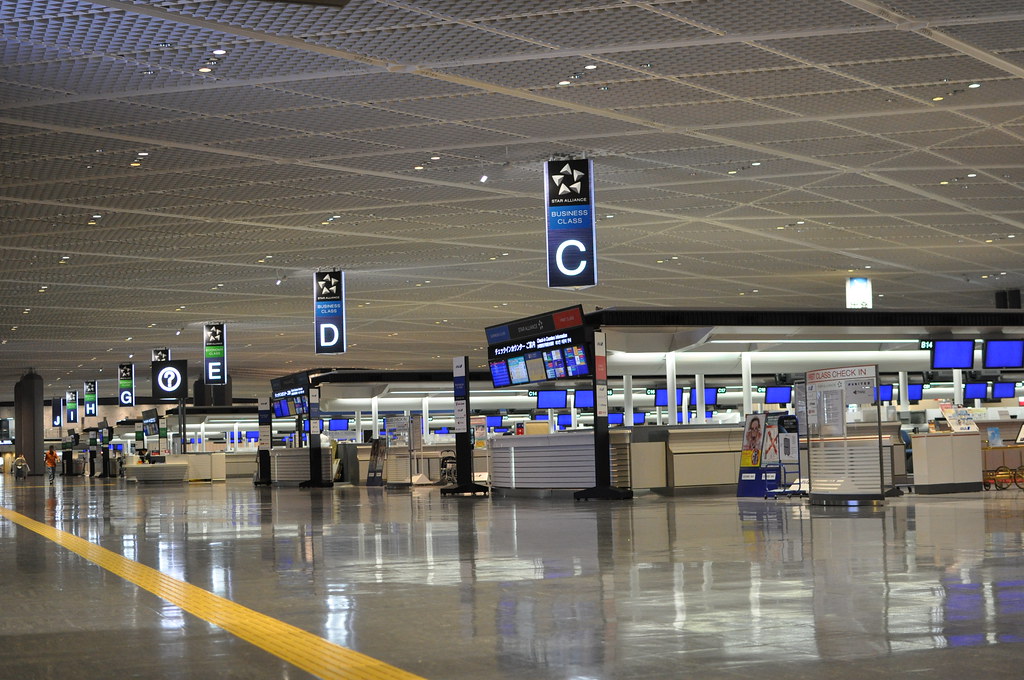In an unexpected twist of fate, my sister and I found ourselves inadvertently booked as the same passenger on a flight to China, exemplifying a remarkable level of synchronicity that few experience. This bewildering situation not only led to a series of amusing encounters at the airport but also highlighted the unique bond we share. Join me as I recount this entertaining travel tale, marked by confusion and a touch of humor, illustrating just how closely two individuals can become intertwined in the whims of travel.

The comical situation posed a real problem.
Let’s rewind to the moment we discovered the mix-up. There we were, excitedly checking our flight details when we noticed something odd—our names were merged into one on the booking confirmation. At first, we thought it was a hilarious mistake, but the laughter soon turned to concern. How could this happen, and more importantly, how would it affect our much-anticipated trip?
The situation was comical, sure, but it also posed a real problem. With strict visa requirements and travel regulations, especially when it comes to international flights, this wasn’t just a simple typo we could gloss over. We needed to act fast to ensure our Chinese adventure didn’t turn into a staycation.
Speaking of visa requirements, let’s dive into what you typically need for a Chinese visa application. As of January 1, 2024, the Chinese Embassy and Consulates-General in the United States have simplified the application documents required for a tourist visa. No longer do you need to submit a round-trip air ticket booking record, proof of hotel reservation, itinerary, or invitation letter. However, you still need to provide your passport, a photocopy of the bio-page of the passport, the COVA Visa Form filled out online, and a few other documents depending on your specific situation.
For instance, if you’ve had a name change or if you’re applying for a Chinese visa for the first time after naturalization, additional paperwork like photocopies of your old passport or naturalization certificate are required. And let’s not forget the importance of filling out the COVA form accurately—any discrepancies between your form and your passport could lead to a returned application, causing further delays.
Now, back to our predicament. We had all our ducks in a row, or so we thought. Our passports were valid, our visa forms meticulously filled out, and our excitement through the roof. But this booking blunder was a curveball we hadn’t anticipated. It was time to put on our problem-solving hats and get to the bottom of this unexpected challenge.
We adapted many methods to solve this problem.
Our first step was to contact the airline. After explaining the situation and suppressing giggles from the airline representative, we were assured that this was fixable. Phew! But it wasn’t just the airline we had to worry about. We also needed to ensure our visa applications were in order, as any mistakes there could mean a flat-out denial of entry upon landing in China.
The visa application process is quite thorough, and for good reason. It’s designed to ensure that all travelers are properly documented and eligible for entry into China. From the basic documents like your passport and proof of residence to the more specific ones like a photocopy of your latest Chinese visa or residence permit, each piece of information plays a crucial role in the application.
For those curious about the different types of visas, there’s quite the assortment. There’s the ‘L’ visa for tourists, the ‘M’ for commercial and trade activities, the ‘F’ for exchanges and visits, and the list goes on. Each visa type has its own set of required documents, and it’s crucial to follow the guidelines to a T.
But let’s not forget the human element in all this. The staff at the Chinese Embassy and Consulates-General are there to help, and they understand that mistakes happen. In our case, they were instrumental in guiding us through the process of correcting our visa applications to reflect our individual identities, ensuring we could continue our journey.
As we navigated the bureaucratic waters, we learned a valuable lesson about double-checking every detail, especially when it comes to international travel. It’s easy to overlook a small error that can have big consequences. And in the age of digital applications and automated systems, it’s more important than ever to ensure that all your information is accurate and consistent to avoid such mishaps.
After a few phone calls, emails, and a bit of paperwork, we managed to untangle the mess. Our visas were approved, our flight rebooked with two distinct seats, and our trip to China was back on track. It was a reminder that even in the face of unexpected challenges, a little patience and a lot of persistence can go a long way in resolving issues.
So, what can you take away from our little adventure? First, always double-check your travel documents. Second, don’t panic if you hit a snag—there are usually solutions to be found. And third, embrace the unexpected stories that come from traveling. They make for great dinner party anecdotes and, in our case, a unique bonding experience as sisters.

Our journey to China transcended being a mere trip; it emerged as an adventurous experience from the onset. It underscored the significance of meticulous attention to detail and the importance of humor when confronting challenges. For those planning a visit to China, it is essential to meticulously follow visa application guidelines, verify bookings, and remain open to unexpected developments. Embracing the unpredictable might lead you to a memorable experience filled with delightful anecdotes, much like ours.
Related posts:
the new hire who showed up is not the same person we interviewed
‘I’ve never seen anything like this:’ One of China’s most popular apps has the ability to spy on its users, say experts




